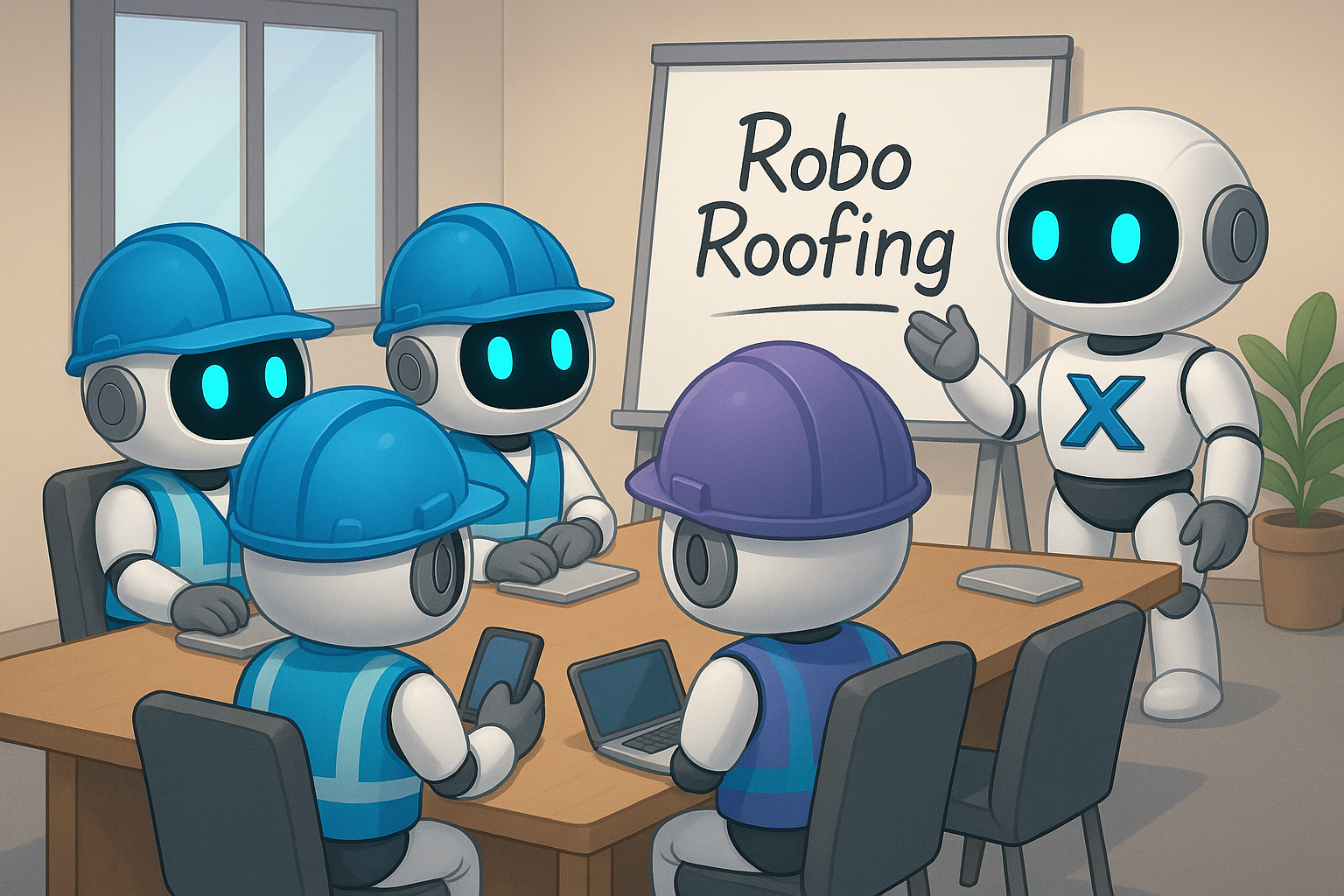Why Does Roofing Software Adoption Stall Out?
For many roofing companies, investing in new software is a big step toward scaling operations, improving efficiency, and creating long-term business value. But even the best systems can fall flat if they’re not fully adopted across the organization. The reality is that adoption often stalls not because the tool itself has no value, but because of how it’s selected, introduced, and rolled out.
Here are the biggest reasons roofing contractors struggle with adoption and what to watch out for when planning your own rollout.
Poor Fit and Overly Complex Solutions
One of the most common mistakes is choosing software that doesn’t actually match the way a roofing business runs day to day. Contractors sometimes get sold on flashy features or systems that look like they can “do it all,” but end up with tools that are too generic or overly complicated. When the software doesn’t mirror real-world roofing workflows, employees stop using it.
Consider the impact:
Crews spend extra time entering data that doesn’t feel relevant.
Office staff juggle multiple disconnected systems instead of one streamlined hub.
Managers get incomplete reports because team members avoid logging information.
In the end, instead of creating clarity, the wrong software creates frustration.
Insufficient Training and Onboarding
Even the best software becomes underused if employees aren’t taught how to use it the right way. Too often, companies treat training as a one-time event—a few sessions during rollout—with little follow-up afterward. As a result, staff feel unprepared and eventually drift back to spreadsheets or paper forms.
The problem grows when new employees join. Instead of receiving structured onboarding, they usually get a quick crash course from a busy coworker. That leads to shortcuts, bad habits, or incomplete knowledge that spreads across the team. Over time, the system ends up being used inconsistently, with some employees doing things correctly while others barely touch it.
Sustainable adoption requires ongoing training and a repeatable onboarding process. Documented workflows, refresher sessions, and role-specific guidance ensure that both long-time staff and new hires use the software properly and consistently.
Lack of Leadership Buy-In and Example
Culture flows from the top. When leaders don’t consistently use the software themselves, it sends the message that adoption isn’t truly required. Employees pick up on that quickly, and adoption slows. In contrast, when owners and managers log in regularly, run meetings with the software, and insist on accurate data entry, staff understand that the system is part of how the business operates.
Leadership buy-in doesn’t just mean using the software—it also means reinforcing why it matters. Teams are more likely to stick with a new process if they see leaders not only modeling behavior, but also tying its use back to broader company goals like improving service, speeding up estimates, or reducing costly mistakes.
Not Communicating Value and ROI
People naturally resist extra work unless they can clearly see the benefit. If employees don’t understand how the software helps them, they’re far less likely to put in the effort to use it consistently. For example, a salesperson may not bother entering detailed job notes if they don’t realize that information helps the production team schedule jobs faster.
Communicating value often comes down to showing quick wins. That might mean highlighting:
How automated reporting cuts down hours of manual data entry each week.
How job photos and notes reduce call-backs or disputes with customers.
How scheduling visibility keeps crews busier and reduces downtime.
When staff see the connection between the system and real-world improvements, adoption grows naturally.
Resistance to Change
Change is difficult, especially in industries where habits are deeply ingrained. Roofers who have been using the same paper forms or whiteboard scheduling systems for years may view new technology as unnecessary disruption. That resistance can stall adoption, even if the system itself is a perfect fit.
The key is acknowledging that resistance is normal, not a sign of failure. Some employees will jump on board quickly, while others will take time. Setting realistic expectations, celebrating small wins, and building champions inside the company helps shift the culture over time.
Poor System Usability
Even with the best intentions, adoption will stall if the software feels clunky. If tasks that should take seconds turn into multi-step processes, frustration sets in. Similarly, if the system doesn’t integrate with existing tools like accounting or estimating programs, employees end up re-entering data, which defeats the purpose of adopting software in the first place.
Usability can make or break adoption. Intuitive navigation, mobile access for crews, and smooth integrations reduce friction and keep the system from becoming “just another thing” employees have to deal with.
Conclusion
Software adoption doesn’t fail because roofers can’t use technology—it fails because the process around it isn’t set up for success. Choosing software that fits the roofing workflow, training teams properly, securing leadership buy-in, communicating value, and managing the transition carefully are all critical for making adoption stick.
That’s where EXO Impact comes in. We don’t just match contractors with roofing-specific software—we help guide the entire adoption journey. From evaluating fit to supporting training and leadership alignment, our goal is to make sure your investment delivers results.
Contact us today to start building an adoption plan that works.


